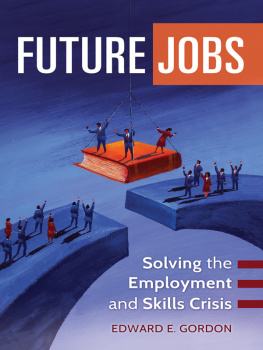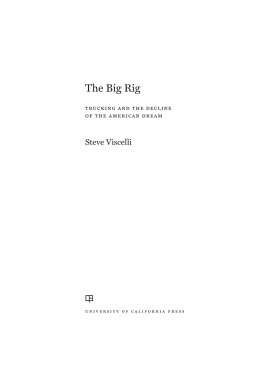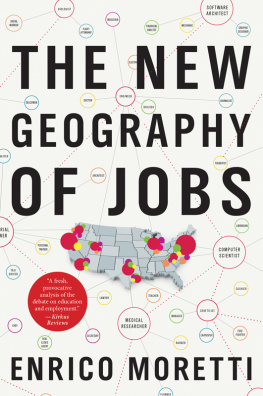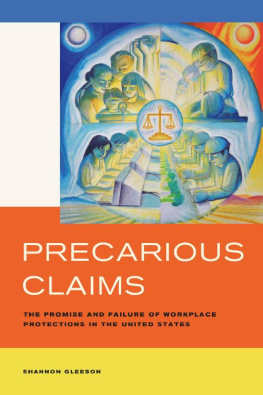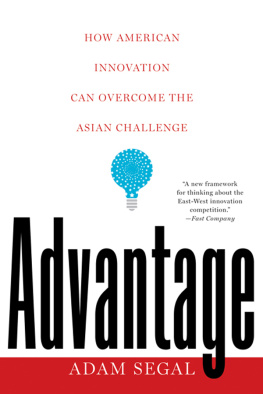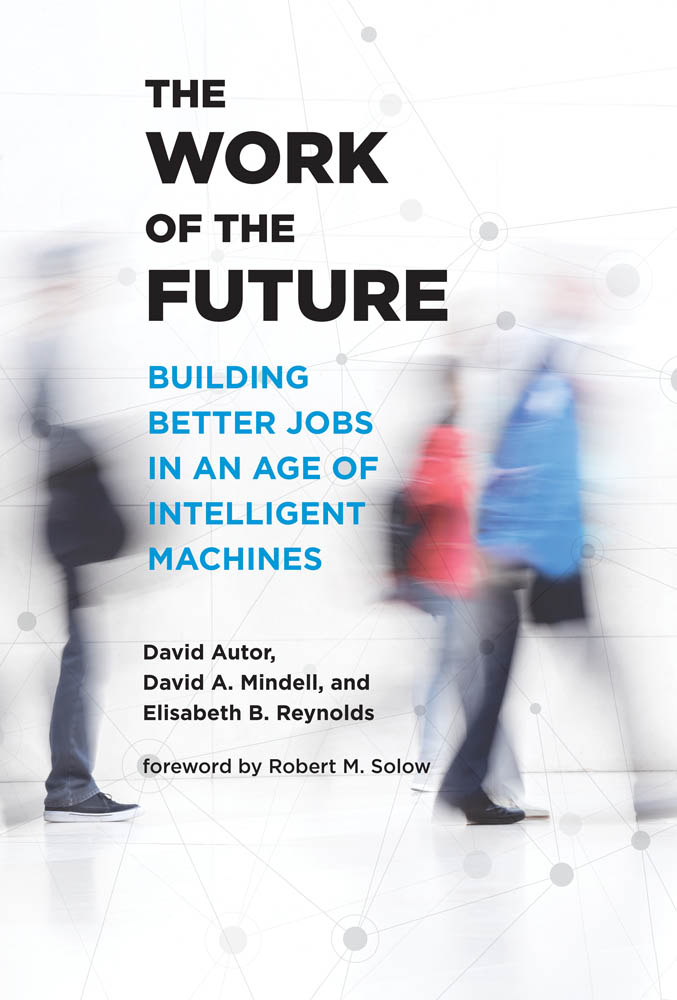
The Work of the Future
The Work of the Future
Building Better Jobs in an Age of Intelligent Machines
David Autor, David A. Mindell, and Elisabeth B. Reynolds
Foreword by Robert M. Solow
The MIT Press Cambridge, Massachusetts London, England
2021 Massachusetts Institute of Technology
All rights reserved. No part of this book may be reproduced in any form by any electronic or mechanical means (including photocopying, recording, or information storage and retrieval) without permission in writing from the publisher.
Library of Congress Cataloging-in-Publication Data
Names: Autor, David H., author. | Mindell, David A., author. | Reynolds, Elisabeth B., author. | Solow, Robert M., writer of foreword. | Massachusetts Institute of Technology. Task Force on the Work of theFuture, issuing body.
Title: The work of the future : building better jobs in an age of intelligent machines / David Autor, David A. Mindell, Elisabeth B.Reynolds ; foreword by Robert M. Solow.
Description: Cambridge, Massachusetts : The MIT Press, [2021] | Includes bibliographical references and index.
Identifiers: LCCN 2021010583 | ISBN 9780262046367 (hardcover)
Subjects: LCSH: EmployeesEffect of technological innovations onUnited States. | Technological innovationsSocial aspectsUnited States. | AutomationSocial aspectsUnited States. | Labor marketUnitedStates. | Income distributionUnited States. | Technological innovationsGovernment policyUnited States. | Labor policyUnited States.
Classification: LCC HD6331.2.U5 A98 2021 | DDC 331.250973dc23
LC record available at https://lccn.loc.gov/2021010583
d_r0
Contents
PART I
PART II
Robert M. Solow
I am writing this in the last week of January 2021. Sixty years ago, almost to the day, my family arrived in Washington, DC, and I started a years work on the staff of President Kennedys Council of Economic Advisors. The US economy had not yet emerged from the typical postwar recession of 1960. The unemployment rate, as I remember it, was a hair under 7 percent.
But another, more difficult problem had arisen. Each of the last three typical postwar recessions had taken place at higher unemployment rates than the ones before. Some economists and many in Congress and the financial press were suggesting that this higher unemployment rate was not the usual sort. It reflected not a lack of demand for goods and services but the fact that the unemployed workers were unqualified for employment: they were in the wrong place or had the wrong skills or no skills at all, or inadequate education. The usual fiscal and monetary policy maneuvers would do no good at all.
There is a tendency, whenever there is unexpectedly high or persistent unemployment, for simple monocausal explanations to circulate. Blaming the unemployment rate on the characteristics of the unemployed is one such. There is a certain immediate plausibility to such an explanation. The unemployed do tend to be less qualified than the employed. But whatever the true source of the unemployment, the normal process of turnover and selection will eventually focus the unemployment on the least qualified. This certainly does not mean that training the untrained will increase employment.
Here is a simple analogy: think of a high school basketball game played in a gym with a fixed number of seats bolted to the floor. Tickets are free, and more spectators arrive than there are seats. The seats will go on the average to the quick and aggressive. For the slow and passive there is standing room. Now suppose you train the standees to be faster and more aggressive. At next weeks game more of them will get seats. But the total number of seats does not change at all. Getting employed in a modern industrial economy is a lot more complicated than getting a seat at a basketball game, but you see the point.
This was an important matter when the Council of Economic Advisors tried to calculate appropriate fiscal and monetary policy. My first assignment from Walter Heller, the council chairman, was to evaluate this theory of rising structural unemployment. This being Washington and not MIT, I think I had three weeks. My conclusion was that there was certainly an element of structural unemployment but there was no evidence that it was increasing.
Of course, blaming the characteristics of the unemployed is not the only simplistic way to account for unexpectedly high and persistent unemployment. Dramatic changes in technology are another and equally common theory. I first heard the word automation during that 1961 debate. We are already beginning to hear that the robots are coming, the robots are coming (and some day they will actually come).
The current situation is different. Leaving the COVID-19 pandemic aside, there has been no long-run rise in the unemployment rate, at least not yet. What we have instead is something more complex.
For generations, the real wage rate in the US had grown at more or less the same rate as output per hour of work. This meant that their ratio, the share of output paid out in wages and salaries, had no trend. There were short-run variations but not much else. That seems to have changed in late 1960s or early 1970s. The real wage trend began to fall short of the productivity trend. It was not that the productivity trend accelerated; that might suggest something technological going on. The difference was that real wages fell behind. That involves a lot of economics, especially when it is set beside David Autors famous finding that the economy was providing lots of low-wage and high-wage jobs but was losing the middle-skilled employment that had been part of the American Dream. The dramatic increase in inequality of income and wealth fits in here, too.
Now there were many candidate causes, and they were not mutually exclusive. Those middle-skilled jobs may have been lost to workers in poor, low-wage countries. Workers were clearly losing bargaining power, as evidenced by the virtual disappearance of labor unions from the private sector. Employers hardened their attitudes. The general market power of large firms in concentrated industries was probably increasing, maybe by a lot. The problem was not to pick a cause but to reckon how much weight to attach to each of a list of causes, and that is a very hard thing to do. It follows, of course, that fitting remedies to the disease, if it is a disease, is equally complicated.
By the way, I do not want to leave the impression that education and training are minor factors in all this. Certainly maintaining a skilled and adaptable labor force makes a necessary contribution to productivity. Second, easy access to education can function as an equalizing factor, although it is pretty clear that it does not perform this function very well in the US. Finally, the system of education and training maintains a common culture and a common understanding of citizenship. The point I was making just now was only that more training or even better training does not necessarily lead to higher employment.
During the first seventy years or so of the twentieth century, American capitalism pretty regularly delivered about three-fourths of the national income in the form of wages and salaries. That is the trendless number I mentioned earlier. During the past forty years or so that number began to diminish, and it had reached something like two-thirds when the pandemic arrived. That is still much the larger part of national income. At that scale, any major change in the labor market is bound to have consequences for the rest of the economy, consequences that will then reflect back on the labor market. Disturbances arriving from outside the labor market will directly influence outcomes in the labor market. That is why, instead of being a dreary recycling of the work skills needed for oncoming technologies, this book turned into a wide-ranging survey of the economy as it now appears. No doubt we will need another such report someday, perhaps when the robots arrive. In the meanwhile, read on and learn what the grown-ups are thinking.
Next page

